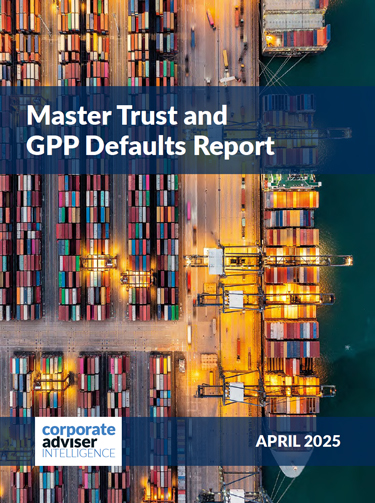The FCA’s Retirement Outcomes Review aims to address concerns that people won’t manage their money sensibly within pension freedoms and could end up making a mess of their retirement.
So what are the problems? Put simply, the FCA found people don’t know where to invest, too many stay invested in cash, they’re not really sure how much income to take and they’re not shopping around for either a drawdown provider or an annuity. Throw in the fact that people probably haven’t saved enough and we have a concoction of concerns that is setting alarm bells ringing.
We have known about people sleep walking into poor annuity deals when much better options are available, but the review found almost 9 in 10 non-advised members chose drawdown from their existing provider. At first glance this is worrying, but the reality is more nuanced. Our own research has found many people consolidate in advance of commencing drawdown – four out of 10 drawdown clients consolidated pensions within the preceding 4 years. Half of people enter drawdown solely to take the tax-free cash, so it’s understandable they’d not select a different drawdown provider with a pension still in ‘growth mode’. It would be interesting to know the number of people who transfer one drawdown plan to another, but that’s sadly absent from the review.
The Money and Pensions Service (MPS) is building a drawdown comparison tool. It may help, but it won’t solve the issue of people just wanting the tax-free cash from their existing provider. The FCA has also set out measures to promote shopping around for annuities with a greater nudge towards those enhanced for health or lifestyle. Low annuity rates and a seemingly perpetually rising stock market mean the safe, stable, steady income of an annuity seems to have been forgotten. A short-term bout of Brexit- inspired volatility may see pension investors return to annuities with open arms, even if annuity rates may also fluctuate.
The FCA found people are uncertain where to invest in drawdown. They are now consulting on pointing pension savers to four investment pathways. These are: I have no plans to touch my money in the next 5 years; I plan to use my money to set up a guaranteed income (annuity) within the next 5 years; I plan to start taking my money as a long-term income within the next 5 years; and, I plan to take out all my money within the next 5 years.
The FCA sets out the need for pension providers to regularly nudge people who remain in cash, reminding them it probably isn’t king for their long-term pension savings.
These simple, universal options may solve the ‘problem’ of people not investing their pension, but could cause bigger issues. Fewer barriers could tempt more people to use income drawdown without appreciating the damage fluctuating investment values can have on their retirement. The risk is the new pathways remove a blindfold for investors, replacing it with a set of blinkers. The potential for a nasty surprise to creep up on you still exists, but some people may still be none-the-wiser.
The pathways may not even be that straight forward. The muddle of those who plan to take out all their money within the next 5 years is a good example. Cash is a natural home for someone who needs to draw their pot inside 5 years, yet the FCAs measures could mean people choosing such a pathway are nudged each year telling them cash isn’t right for pensions. They will be trapped in a carousel of confusion.
The FCA also indicated that the pathways’ charges should be coming in around or below 0.75 per cent. This pseudo price cap pretty much eradicates active stock selection from any solutions, a poor outcome for members given it’s a valuable approach for delivering a high, stable, sustainable income.
The measures address the investment part of the problem, but are silent on the amount of income to draw. The approach for someone aiming to draw at 3 per cent per annum is likely to be significantly different to one that aims for 7 or 8 per cent per annum and looks problematic.
Overall the earlier wake up packs will be a big hit, anything prompting people to start planning for their life after work earlier is invaluable. An earlier interest and understanding may naturally prompt shopping around and informed decisions on drawdown investing, which may offset some of the limitations of the proposed pathways. The fly in the ointment could be getting it delivered in time.





